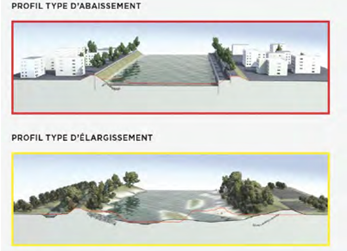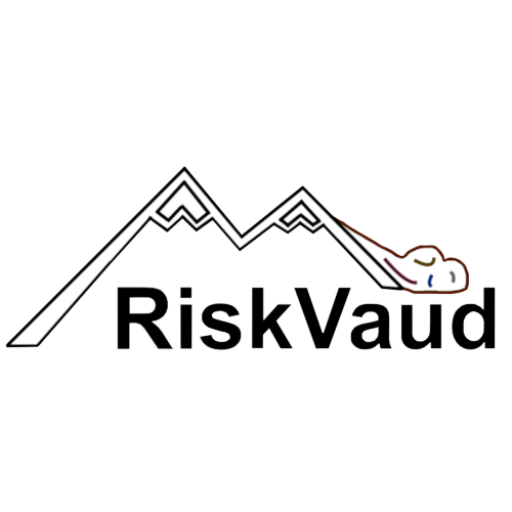Mitigation measures
By Luca Gelshorn
Mitigation measures reduce, avoid or compensate for potential negative environmental consequences of development activities, and include restitution for any damage to the environment caused by those effects through replacement, restoration, compensation or any other means (Government of Canada, 2013). Their goal is to maximise project benefits and minimise undesirable impacts. Mitigation measures can be expressed in three different forms: preventive, corrective or compensatory (European Commission, 2021).
Prevention means that the potential impact is prevented or reduced before it occurs, while corrective measures allow the impact to be reduced to an acceptable and therefore not too harmful level. If prevention or corrective measures fail, then compensatory measures are applied to allow compensation for all impacts that were unavoidable (European Commission, 2021).
Generally, mitigation measures can be classified as active or passive. Active mitigation refers to all mitigation measures that require human intervention or energy to function properly, like protective measures to oppose the development of the natural event in order to reduce the danger or to modify the probability of its occurrence (intervention at the hazard level). While passive mitigation refers to mitigation measures that do not require any human intervention to function properly, so protection measures that should lead to damage reduction without influencing the course of the natural event (intervention at the vulnerability level). Ideally passive measures are preferable and tend to be more sustainable; active mitigation measures should be avoided if possible, especially for natural hazards where there is little or no warning time, such as floods, tornadoes or earthquakes (FloodBreak, 2011)
Examples of active mitigation measures could be: stabilisation of slopes with anchorage or drainage, increasing the water transport capacity of a watercourse, i.e. through stabilisation of the longitudinal profile (equilibrium profile), reduction of water height or stabilisation of the transverse profile. For passive mitigation measures, they can be linked to organisational measures, for example, the use of alarms or emergency exits, where we can live with the danger but measures are put in place to deal with it promptly when it happens

Examples of Rhone river migitation measures to reduce flood risk for villages along the ruiver (Rhone3, n.d.)
References
FloodBreak (2011). Active vs Passive Mitigation. FloodBreak – Automatic Floodgates (PowerPoint). https://www.slideshare.net/lawaters/active-vs-passive-mitigation-floodbreak
European Commission (2021). Mitigation measures. Module 3: Environmental Impact Assessment (EIA) Directive – EIA procedure. https://ec.europa.eu/environment/legal/law/2/module_3_10.htm
Government of Canada (2013). Project Description of a Designated Project. Impact Assessment Agency of Canada, 10 (1-53). https://ceaa-acee.gc.ca/050/documents/p80036/101167E.pdf
Rhone3 (n.d). Entre élargissements et approfondissements. Protection contre les crues du rhone. https://www.rhone3.ch
